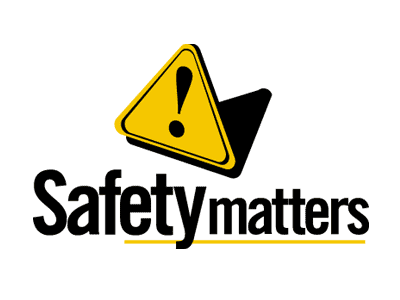Injuries within the workplace can have a knock-on effect across a wide range of areas. This includes the finances of the business, both in terms of injury claims and losing working days. Of course, the cost can be utterly devastating: in 2017/18, 144 workers were fatally injured in the UK. Furthermore, 71,062 workers reported non-fatal workplace injuries through the same time period. This led to 3.9 million working days being lost due to non-fatal injuries.
Naturally, this results in a financial cost too — in 2016/17, the yearly cost for workplace injuries totalled £5.2 billion. Between this and the responsibility of an employer towards their employees, safety is of paramount importance in the workplace. In this article, accident at work solicitor True Solicitors investigate risk reducing measures for the workplace.
Investing in safety equipment
In 2018/18, the construction industry had the most fatal injuries to workers with 38 deaths. Agriculture had 29 deaths, and manufacturing suffered 15 fatalities. These industries in particular often require certain safety equipment to abide by health and safety regulations – and wearing the equipment could separate your employees from a near death experience and a non-fatal injury.
For example, a hard helmet is required on any construction work site in order to reduce the risk of head injury. If your staff fail to wear the required hard hat, any of those injuries could be a direct cause of not wearing the correct safety equipment. Protective glasses should also be worn by employees that are exposed to debris, dust and bright lights that could damage the employee’s sight.
There are other protective clothing and equipment that can help these industries too. These include steel toe cap boots, hi-vis clothing, safety gloves and noise cancelling headphones. Implementing a work policy that says your staff are required to wear safety clothing and equipment is the first step to preventing workplace injuries that could lead to fatal deaths or long-term work absences, which cost your company money.
Correct training
Training is an important risk-reducing practice in many industries. Every employee should be briefed on the safest fire exits around the premises, as well as what the procedure is in case of an emergency. In fact, many premises are permitted to carry out practice fire drills to ensure all members of staff are aware of the routine.
There are more than just fire safety procedures to be aware of however. In the manufacturing industry, which is the third most dangerous environment for fatal injuries in the workplace, some job roles require particular training and qualifications to use machinery. Where hazardous or dangerous machinery is involved, staff must be trained on how to use it – and must use the correct safety equipment and clothing at all times. 135,000 of the 555,000 non-fatal injuries in 2017/18 led to over 7 days of work absence — providing your staff with the appropriate training could save you a big cost seen through a loss of working hours due to workplace injuries.
Some procedures require the correct certification to be gained by employees. For example, in the construction industry, any employee who will be navigating a crane will require a Construction Plant Competency Scheme (CPCS) licence.
Other safety regulation
Slips, trips and falls caused 31% of non-fatal injuries in the workplace in 2017/18. The main causes of slips, trips and falls in the workplace are uneven floor surfaces, unsuitable floor coverings, wet floors, changes in levels, trailing cables and poor lighting – all of which can be prevented or marked out safely if the proper regulations are followed. Legally, businesses must follow The Workplace (Health, Safety and Welfare) Regulations 1992, which stipulates that employers must ensure that floor spaces are in good condition and free from obstructions. Furthermore, the Health and Safety (Safety Signs and Signals) Regulations 1996 legally require businesses to provide and display the appropriate safety signs when there is a potential risk too – whether that is a wet floor sign, or signs indicating loose cables or exposed electric cables.
The protection of staff demands that appropriate safety measures are considered at all times throughout the workplace.
